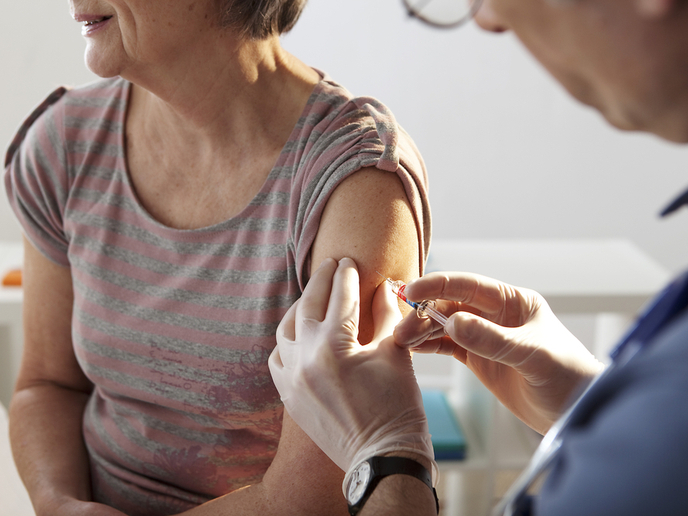Evaluating vaccine performance amongst the elderly
Constant evolution of the influenza virus necessitates the seasonal review and selection of the vaccine components. For influenza, data suggest a suboptimal effectiveness of existing vaccines. For invasive pneumococcal disease, despite excellent vaccine effectiveness of conjugate vaccines in children, their indirect effect in elderly needs to be carefully monitored. Taken together, these indicate that the performances of vaccination strategies needs to be measured and monitored continuously to inform robust cost–benefit models to aid decision-making. A network of vaccine studies The EU-funded I-MOVE-plus(opens in new window) project was designed to measure the effectiveness of influenza and pneumococcal vaccines and compare vaccination strategies in the elderly population in Europe. The consortium involved 26 partners from public health institutes, EU agencies, SMEs and universities of key European Member State countries. As project coordinator Dr Alain Moren explains, “the overall goal was to develop a sustainable network of general practices, hospitals and laboratories that can evaluate vaccines performance across Europe.″ For influenza, the project established a robust network of multicentre vaccine studies, which included over 15 000 patients per season in 14 countries, and large electronic datasets in 5 countries. For pneumococcal diseases, the network harmonised data collection and successfully obtained meaningful results for the elderly age groups. Through common study protocols and monitoring strategies, I-MOVE-plus succeeded in addressing research questions that could not be studied by individual countries, due to limited study sample size. “The I-MOVE-plus project is an illustration of an EU/EEA collaborative effort producing robust results unaffected by marketing or political interest,″ states Dr Moren. A major contributing factor to the sustainability of these vaccine networks was the availability of funding at European (Horizon 2020 and ECDC) and international (WHO) level. Lessons learned Partners measured the direct, indirect effects and cost-effectiveness of various types of influenza and pneumococcal vaccines: at primary care and hospital level, early and late in the season (influenza vaccine), and over the project period (pneumococcal vaccine). The effectiveness and impact were measured against a predetermined set of clinical and laboratory-confirmed outcomes. To measure the effectiveness of seasonal influenza vaccines against viruses that mutate during each season, project partners employed genomic sequencing of seasonal virus strains. Influenza vaccine data during the 2015 to 2018 period indicated moderate to low effectiveness amongst those aged 65 years and over, especially against the influenza A (H3N2) strain. A higher effectiveness of the vaccines is observed against the influenza A (H1N1) pdm09 strain. In addition, low vaccination coverage is observed in this population group. At the same time, I-MOVE-plus observations emphasised the need for a better long-lasting vaccine protection. With respect to pneumococcal vaccines, results suggested that the polysaccharide 23-valent vaccine (PPV23) protects around one-third of vaccinated individuals in this age group. Indirect effects in the elderly were observed with childhood vaccination programmes using PCV10 or PCV13. “New study questions have arisen upon completion of the I-MOVE-plus project, requiring larger sample sizes based on multicentre studies,″ continues Dr Moren. The need is clear for a sustainable system that can evaluate the performance of vaccines, assess vaccination strategies and guide decisions on vaccine strain/serotype selection, vaccine development and optimal strategies independent of commercial interest. Additionally, a European structure will help assess alternative preventive and curative interventions for vaccine-preventable diseases and strengthen the evidence-based design of vaccination programmes. Dr Moren believes that “communicating this information to the general public will contribute greatly to restoring their trust in vaccination.”







